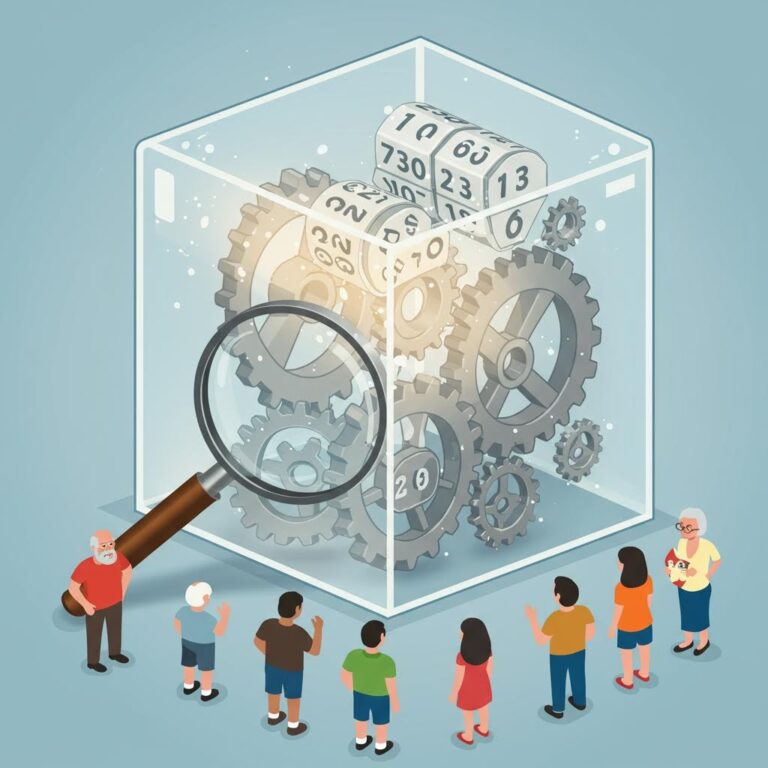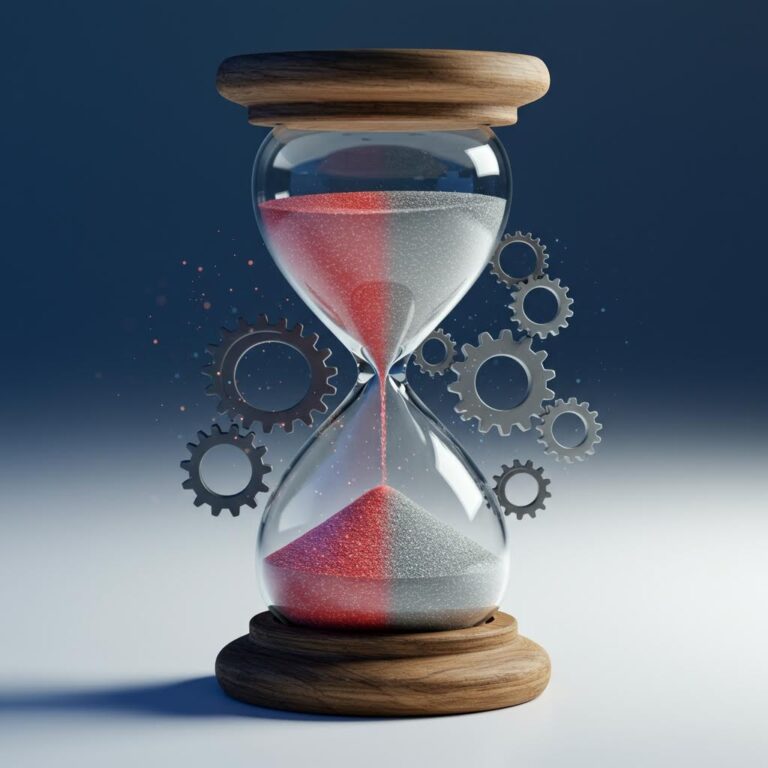The Joy of City Adventures
The human mind gets very excited by city adventures done in secret, setting off a whole string of brain effects. The pleasure part of the brain makes us feel good three times more than normal activities, and at the same time uses the brain’s risk and choice spots to help us think and decide better.
Our Genes and Loving Risk
People with the DRD4-7R gene, which is about 20% of us, feel these brain effects even more. This gene makes them seek out rewards more and makes city adventures feel even better.
How We React to New Places
The mix of new places, stress, and breaking rules keeps our brain chemicals very active. This brain response is very strong for 15-20 minutes, making a clear mark in our brain by pumping out more dopamine and keeping brain activity high in the reward areas.
How Our Brains Process This
Our brain’s reward area handles these experiences by dealing with risk, knowing space, and getting ready for what’s next. This full brain action makes us feel a special kind of excitement that sets city exploring apart from other exciting activities. 온라인카지노솔루션
The Science Behind Risk Liking
How Our Brain Takes on Risk
The pleasure brain area is key in making us seek risks, through many complicated brain paths.
This system, from one brain area to another, lets out dopamine when there’s danger. When faced with risky moments, this burst of brain chemical makes us feel thrilled and happy.
Our Genes and Liking for Risk
Studies show that people who react more to dopamine like to try new things more.
The D4 receptor gene, especially the DRD4-7R type, is found in about 20% of us and links closely with taking more risks. This gene type may make some seek out danger more for that dopamine rush.
Brain Work and Where We Are
Brain scans show a lot of activity increases in the brain’s risk and choice areas during risky acts.
These brain areas, important for getting ready for rewards and making decisions, loop back to keep the thrill-seeking going. Stress from our places boosts this push for risky acts despite possible bad outcomes.
Forbidden Spots and Brain Chemicals
The Brain Science in Forbidden Places
The memory part of the brain, works differently when we’re in off-limits or secret spots compared to everyday places.
Studies show that making memories of space gets better when we are in these off-limits areas, mostly because of how our brain chemicals work together.
When we go into these places, our brain releases a mix of stress chemicals and neurotransmitters, like cortisol, adrenaline, and dopamine.
This mix makes us more aware, leading to stronger memory saving and clearer memories of these places.
Key Brain Actions:
- The amygdala makes us process emotions more;
- More cortisol makes us more aware of space;
- Dopamine helps make memories stronger;
- Better brain changeability keeps more details about the environment.
The stronger brain reaction to these places shows how our brains over time made it important to remember places that could be Beliefs Around ‘Rigged’ Reels dangerous or very meaningful for staying safe.
When Excitement Meets Strong Joy
The Chemical Mix: Excitement Meets Strong Joy
How the Brain Works With These Chemicals
The mix of adrenaline and dopamine starts a big wave of brain chemicals that really changes how we act.
In big-moment spots, the brain begins a double release way: adrenaline pops up from seeing risk while dopamine flows from waiting for a reward, making a strong brain reaction.
The Together Effect
This play between neurotransmitters is complex in tough spots. The adrenal glands let out epinephrine, making our heart beat faster and blood pressure go up, while the brain’s reward path lets out dopamine, making us feel more excited and alive.



